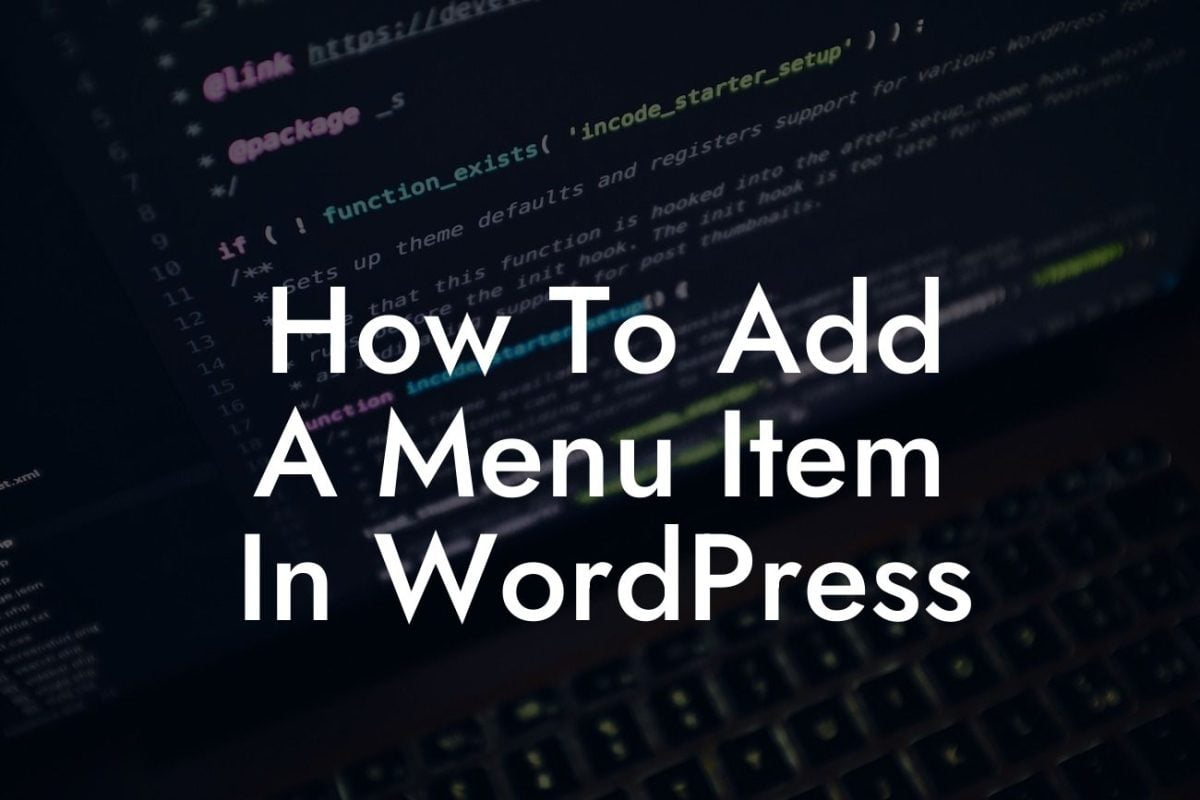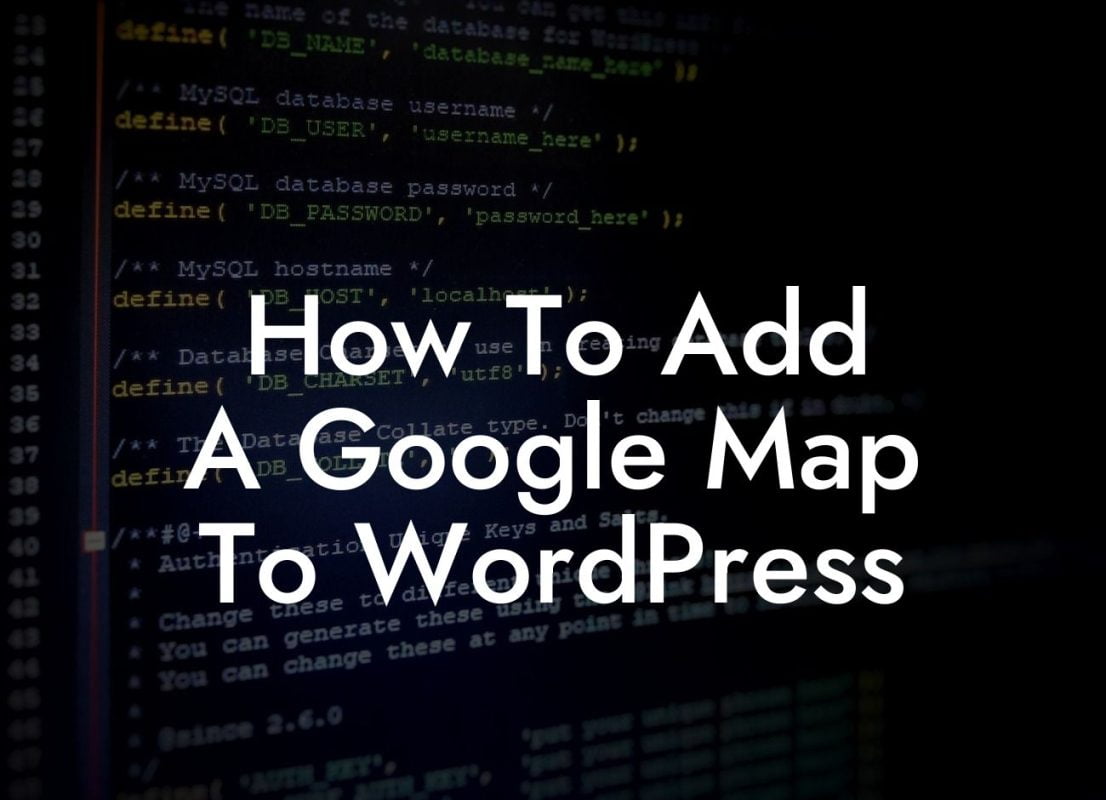Changing the name of a WordPress theme's custom post type may seem like a daunting task, but it's a simple and effective way to customize your website and align it with your brand identity. In this guide, we will walk you through the process step-by-step, enabling you to elevate your website's user experience and make a lasting impression on your audience. With our detailed instructions and practical examples, you'll be able to effortlessly personalize your WordPress website like a pro.
H2: Understanding Custom Post Types
Custom post types are essential elements in WordPress that allow you to organize and display various content types differently. By default, WordPress supports standard post types such as posts and pages, but custom post types give you the flexibility to create unique content sections tailored to your specific needs.
H3: Finding the Custom Post Type
Locating the custom post type settings within your WordPress theme is the first step. Depending on the theme you are using, you can find these options in different places. Don't worry; we will cover the most common options to guide you regardless of your theme choice.
Looking For a Custom QuickBook Integration?
H3: Changing the Name of the Custom Post Type
Once you have located the custom post type settings, changing the name is a straightforward process. Update the name field with the desired new name and save the changes. It's important to remember that some themes may require additional steps, such as navigating to the "Settings" or "Options" tab to save the changes permanently.
H3: Updating Permalinks and Data
Changing the name of a custom post type may require you to update the permalinks and data associated with it. Failure to do so could result in broken links or missing content. We provide a detailed walkthrough on how to update permalinks and ensure a seamless transition for your custom post type.
Change The Name Of A Wordpress Theme'S Custom Post Type Example:
Imagine you run a photography website where you showcase different collections. By default, your WordPress theme might use the generic term "Portfolio" as the custom post type for displaying these collections. However, you want to align it with your branding and make it more personalized. With our guide, you can easily change the name of the custom post type to "Galleries," creating a cohesive and tailored experience for your visitors.
Congratulations! You've successfully learned how to change the name of a WordPress theme's custom post type. By customizing this element, you have taken a significant step toward enhancing your website's user experience and aligning it with your brand identity. Remember to explore the other useful guides available at DamnWoo to further optimize your WordPress website and check out our incredible plugins to supercharge your online presence. Don't forget to share this article with fellow entrepreneurs and small business owners who can benefit from this valuable knowledge. Together, let's embrace the extraordinary and leave cookie-cutter solutions behind.













